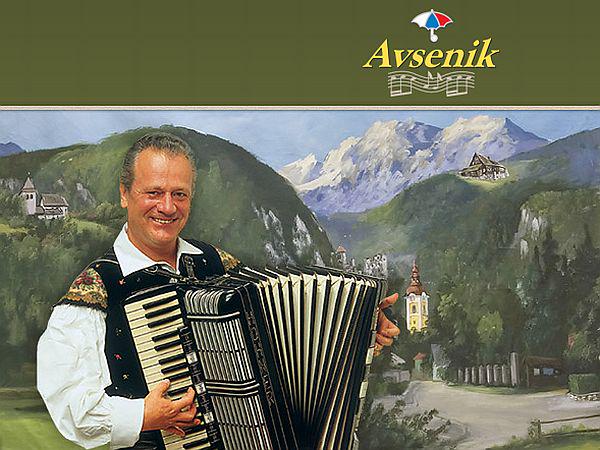
In 1953, Slavko Avsenik was a 24-year old amateur musician working in a Ljubljana textile factory. One night, during a long nightshift, he began to get captivated by the beat produced by the mechanical loom that he was operating. It seemed like perfect music.
Avsenik quickly realized that combining the loom’s melodic beat with a musical fragment that he had recently been thinking about would result in incredibly catchy tune. Unfortunately, he had no knowledge of formal musical notation, so he quickly jotted down the melody on a piece of cloth, using only an improvised method of notation that he had developed himself.
When he was done with his shift, Avsenik quickly took his notes to his brother Vilko Ovsenik (the two spelled their last names differently). Ovsenik, an academically trained musician, thought it was a perfect piece. He arranged the melody, and one of the most famous polkas of all time was born.
The melody reminded Avsenik of how the church bells echoed in his home town of Begunje. He titled the polka “Na Golici” (“On Golica”), after a mountain in the Karavanke range above Begunje, famous for its beautiful narcissi flowers.
Avsenik brought in two other musicians and formed the Slavko Avsenik Trio. Together, they recorded “Na Golici” in the studios of Slovenian national radio. It immediately became a huge hit, drawing enthusiastic listener responses from around Slovenia and even from neighboring Austria.
But more was in store for the catchy instrumental. In 1955, German radio host Fred Rauch heard “Na Golici” while vacationing in Austria, not far from the Slovenian border. He fell in love with the melody, decided to pay their record on Bavarian Radio, and invited the trio to cut a record in Germany. He also suggested that they adopt the more commercial name “Oberkrainer” for the German-speaking market (“Oberkrain” being the German word for Upper Carniola, Avsenik’s home region in Slovenia. Years later, the ensemble dropped their German name.)
When Telefunken released “Na Golici,” it became such a huge hit that the “Obekrainer” became a household name in Germany. The song was widely adopted in all polka-playing countries and beyond: It became a staple of Cleveland-style polka performances in the United States, and even a Japanese band known as Edelweiss Kapelle has recently been getting rave reviews for their performance of the classic hit.
Over the years, “Na Golici” was covered by 600 different artists from various countries. And as Avsenik’s most popular polka, it helped him not just to sell more 30 million records over his career, but also to become one of the most famous Slovenians ever. To this day, “Na Golici” is still immensely popular around the world.
In fact, many experts consider “No Golici” the most frequently performed instrumental of all time. And it all began more than 60 years ago during a night shift with an industrial loom and its captivating beat.

































































